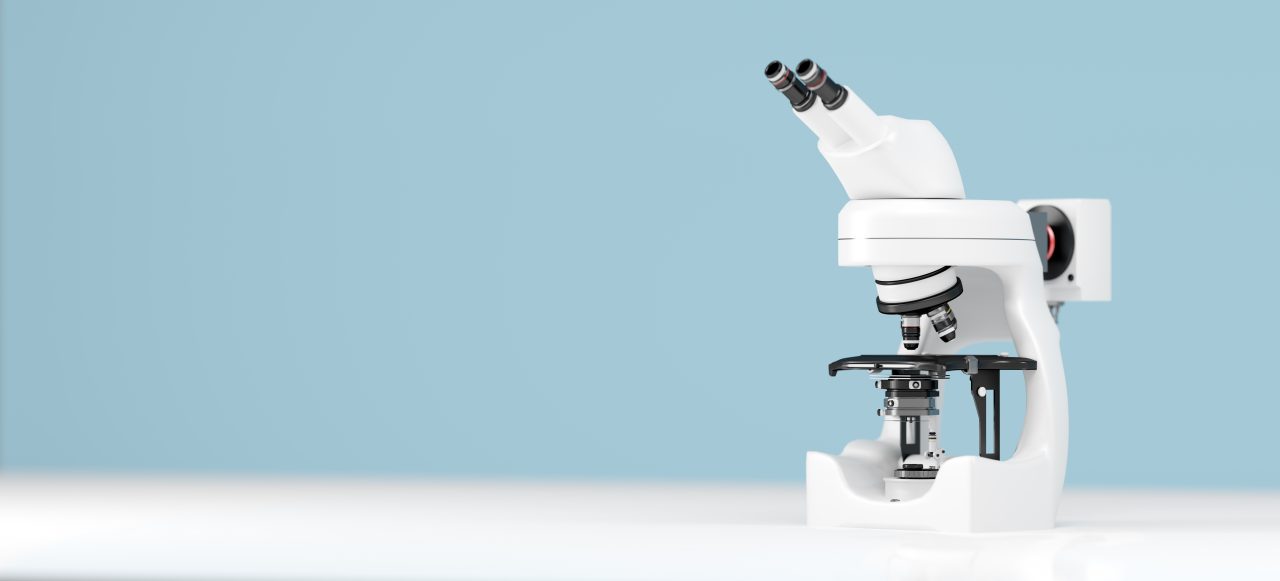Optical microscopes use two basic types of objectives: dry objectives and immersion objectives. These two types of objectives differ depending on the medium between the specimen and the objective lens. In the case of dry objectives, there is no medium between the sample and the objective other than air. Immersion objectives, on the other hand, are designed to observe the sample through a layer of immersion medium that normally consists of oil. This means that just the right amount of oil needs to be placed between the coverslip that protects the specimen and the objective lens.
The main advantage of using immersion lenses is that the light reaching the target does not need to pass through the air. This results in an increase in image quality as it reduces the refraction of incident light. Consequently, immersion objectives are used in applications where high magnification and high resolution are required.
Dry objectives have a low numerical aperture. The maximum numerical aperture value that a dry target can theoretically achieve is 1.0. However, due to practical limitations it is not possible to fabricate a dry objective with a numerical aperture greater than 0.95.
With the help of immersion oils it is possible to reach a numerical aperture of around 1.4. This represents a substantial improvement in terms of resolution obtained. The maximum magnifications that the light microscope achieves are therefore obtained using immersion objectives.
How does immersion oil work?
Immersion oils are used for high resolution microscopy with immersion objectives (above 40x). Produced from natural or synthetic sources, these oily liquids are applied between the surface of the sample and the microscope lens. An essential characteristic of immersion oils is that they have a defined refractive index, which is almost identical to that of glass. This allows homogeneous oil immersion and virtually eliminates light beam deflection, thus significantly increasing the effectiveness of the lens.
What is the numerical opening?
Numerical aperture is possibly the most important criterion when selecting a target. As the numerical aperture increases through the series of objectives of the same magnification, the light collection capacity and resolution increase. Unlike air, immersion oil has a refractive index similar to that of cover slip glass. By placing immersion oil between the front lens of the objective and the cover glass, the angular range of the diffracted rays captured by the lenses is increased and, in effect, the numerical aperture of the objective increases. Rays of light that pass through the specimen cover objects and the oil does not refract as they enter the lens but only as they leave the top of the surface. Objectives that use water and / or glycerin as the imaging medium are also available.
What are its main applications?
Through the use of immersion oil, a higher resolution is obtained which enables users to focus on very small objects that could not be detailed using dry objectives. Therefore, they are very useful in the study of bacteria, cells, protozoa, and high-resolution applications.
At Kalstein we have an excellent range of microscopes, with high quality blades. That is why we invite you to take a look HERE

